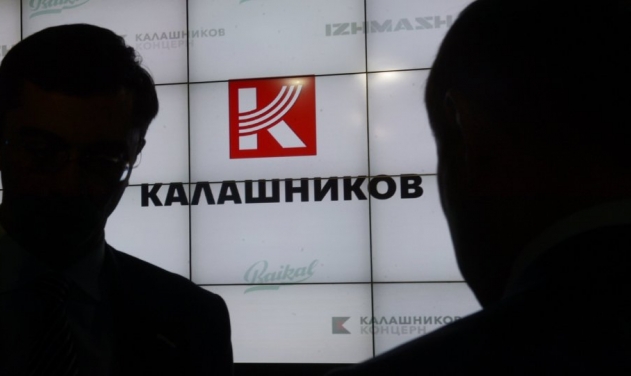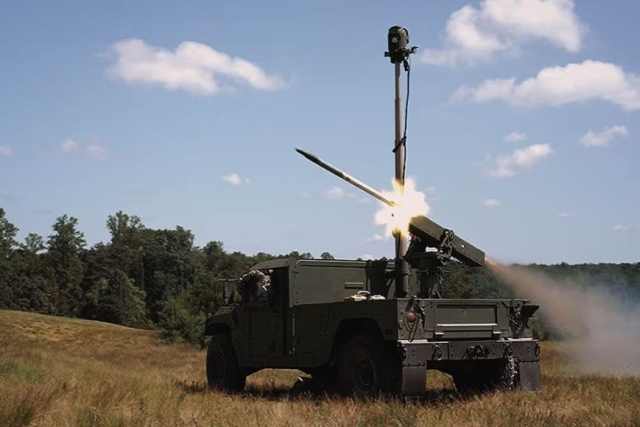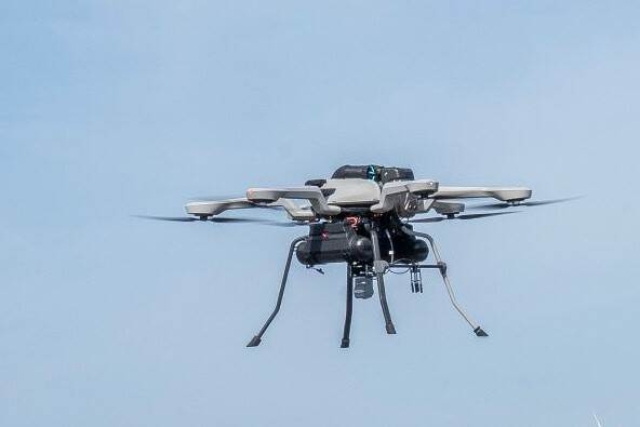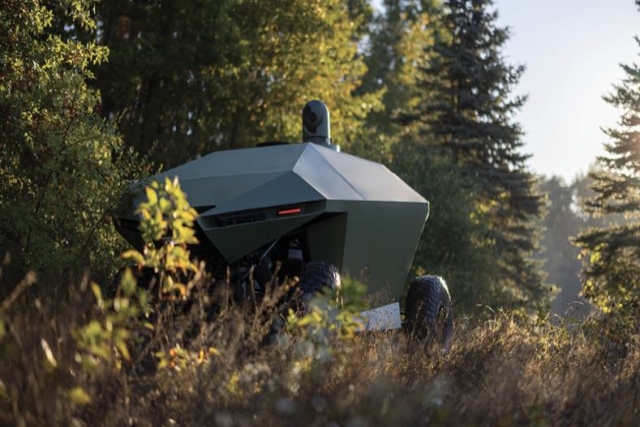Russia Researching Use of Neural Networks to Detect Small Drones
TulSU researchers are studying neural networks combined with radar systems to identify distinct sound and movement patterns that distinguish small UAVs from other flying objects.

A Russian University is studying the use of neural networks to detect small drones which sneak in under the radar umbrella of air defense systems.
Specialists from Tula State University (TulSU) are exploring the combination of neural networks with radar systems to detect unique patterns in sound and movement that differentiate small UAVs with other flying objects and direct counter-drone devices at them.
Small UAVs launched by Ukrainian forces have become a major problem for Russia as they are able to sneak in under the radar umbrella and attack military and economic targets at will.
Development of the system was revealed in the end of May. The company noted that the authorities of the Tula region will provide grant support to the university in this work.
“The testing of results will be conducted under ultrasonic direction-finding conditions at a specially created test site,” the company was quoted as saying by Izvestia.
Experts in the defense industry assert that the use of neural networks in radar enhances drone recognition probability by up to 95%. Interestingly, despite the relevance of this field, the rector of Tula State University, Oleg Kravchenko, notes that in Russia, the utilization of artificial intelligence (AI) systems in radar remains relatively unexplored.
Anton Balanov, an adviser on economics and sociology at the Russian Academy of Natural Sciences, emphasizes that the growing popularity and accessibility of UAVs, including small drones, pose new security risks. These risks range from privacy violations to potential terrorist attacks. Consequently, safeguarding critical facilities, public event venues, and airspace from unauthorized drone intrusion has become a pressing concern.
“Small drones are especially dangerous, which can be used for espionage, delivering contraband and carrying out various attacks, which requires reliable methods for detecting and neutralizing them,” adds AI implementation specialist and founder of New Level AI company Anna Dudnik.
Anton Balanov highlights the challenge of detecting small drones weighing less than 20 kg. These diminutive UAVs pose difficulties for existing systems due to their small size, high maneuverability, and ability to fly at low altitudes. While radar systems effectively detect larger UAVs, they struggle with identifying small vehicles.
Acoustic systems can detect drones based on characteristic sounds, but their range and accuracy have limitations. Optical and thermal imaging systems visually identify UAVs but require line of sight.
Anna Dudnik suggests combining these methods for increased accuracy, although such solutions tend to be costly. Artificial intelligence technology could offer a promising solution to this problem.
According to the expert, neural networks have the potential to enhance drone detection efficiency by analyzing extensive data and identifying patterns that traditional methods struggle to detect. Additionally, she mentioned that improved radar signal processing could lead to more accurate identification of small drones and a reduction in false alarms.
Neural networks can analyze data from acoustic sensors, radars, and cameras to identify classic signs of UAVs. AI-based technologies enable real-time drone recognition and integration with countermeasures systems.
“There are already developments in the world that use neural networks to detect drones,” says Anna Dudnik in an interview with Izvestia. “Such AI-based solutions are being implemented in the USA, Europe and China to protect airports, industrial facilities and military bases.”
Anton Balanov highlights several drone detection and classification systems. The Australian DroneShield system integrates radars, cameras, and acoustic sensors with AI algorithms. The British AUDS radar solution automatically detects and classifies UAVs. Additionally, Israel’s Drone Dome system uses AI for identifying and neutralizing drones.
Alexander Strelnikov, founder of the Russian-Chinese transport company RusTransChina, highlights the active development of radar signal processing technologies using neural networks in China. Researchers from the Chinese Academy of Sciences (CAS) have created an AI-based method for target detection and classification, effectively identifying various objects such as aircraft, missiles, and ships. Additionally, Tsinghua University scientists are working on AI technology to enhance radar image resolution, enabling more accurate object identification. Technology giant Huawei is also engaged in developing radar applications with neural networks, focusing on improving target detection and tracking accuracy.










